Hailstorms are unpredictable, uncontrollable, and can cause heavy damage to community association property, such as clubhouse roofs, community amenities, and condominium buildings. But, how much of a risk are hailstorms in your community, and how can you protect your association from expensive damage that could potentially raise homeowner assessments or require a special assessment?
In this article, we’ll go over what windstorm and hail insurance is, how it works, and how the board of a community association can make a wise decision when it comes to purchasing insurance for hail damage.
Windstorm Insurance
Windstorm insurance covers damage caused by wind or hail, and can also simply be called wind and hail insurance. In some states, this coverage may be included in the HOA’s commercial property insurance policy, but in other states, and in coastal areas and other places where hailstorms are frequent, wind damage and hail damage are more likely to be excluded from general property policies.
In such states, hail coverage may be available to be purchased separately, either through the private market or through the government. For example, in coastal areas in Texas, homeowners can obtain hail coverage through T.W.I.A. (the Texas Windstorm Insurance Association) if they cannot obtain coverage from another insurance provider.
Does My Community Need Windstorm Insurance?
The level of risk for hail damage that your association entertains depends on where your association is located. Do some research on your city and state to see how frequently hailstorms occur where you live and how big those hailstones typically are. States like Colorado, Kansas, and Texas have experienced harsh hailstorms, but Arizona and Nevada have also seen property damage caused by hail.
What Windstorm Insurance Covers, and What It Doesn’t
Windstorm insurance will generally accept claims for damages to covered property caused by hail. However, there are some exceptions. If a roof damaged by hail was already at the end of its life, an insurance policy may not pay to replace it because it has already lost most of its value due to wear and tear over time. Additionally, more hail-resistant and affordable roofing materials, such as asphalt shingles, may be easier and cheaper to insure than more expensive and more easily damaged materials, such as ceramic shingles or metal roofing.
Another instance in which an insurance company probably will not cover a claim is if damage resulted from the owner’s failure to protect the damaged areas after the hailstorm occurred. Such preventative measures may include placing a tarp over a damaged area of the roof to prevent leaks or taping thick plastic over shattered windows to prevent further cracking and leaks.
Choosing a Policy for Your Community
When choosing windstorm coverage for your association, as when selecting other types of coverage, there are a few general considerations to keep in mind that will affect both the cost of the policy and its payout.
First, will the policy calculate value based on replacement cost or the actual cash value of the property? If the policy calculates value based on the replacement cost, then the payout will typically be higher, because the insurance company will pay out enough money to replace whatever was damaged with something new of equal quality. However, replacement cost policies are also, for this reason, more expensive.
On the other hand, actual cash value policies would pay out the current cash value of property that’s damaged, which means that a cash value policy will subtract how much the property has depreciated over the years from the cost to replace the property. So, the payout is less, but typically, so is the cost of the policy.
Secondly, an HOA board should keep the amount of the deductible in mind when choosing an insurance policy. A deductible is the amount of money the policyholder must contribute to the claim amount. If a claim does not exceed the deductible amount, the insurance company will not pay out anything toward the claim.
A higher deductible typically means lower payments, but it also means that the HOA will have to pay more money out of pocket. A lower deductible will mean the HOA will have to pay less on a claim, but it also means that the insurance policy payments will be higher.
Windstorm insurance may be well worth the cost in higher risk areas. As with any other insurance policy purchasing decision, it is important for the association to understand how the policy will work and what is covered. If you would like to learn more about the windstorm insurance options available to you, please reach out to a Blue Lime agent.





